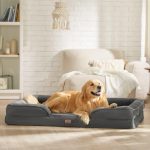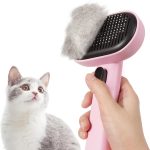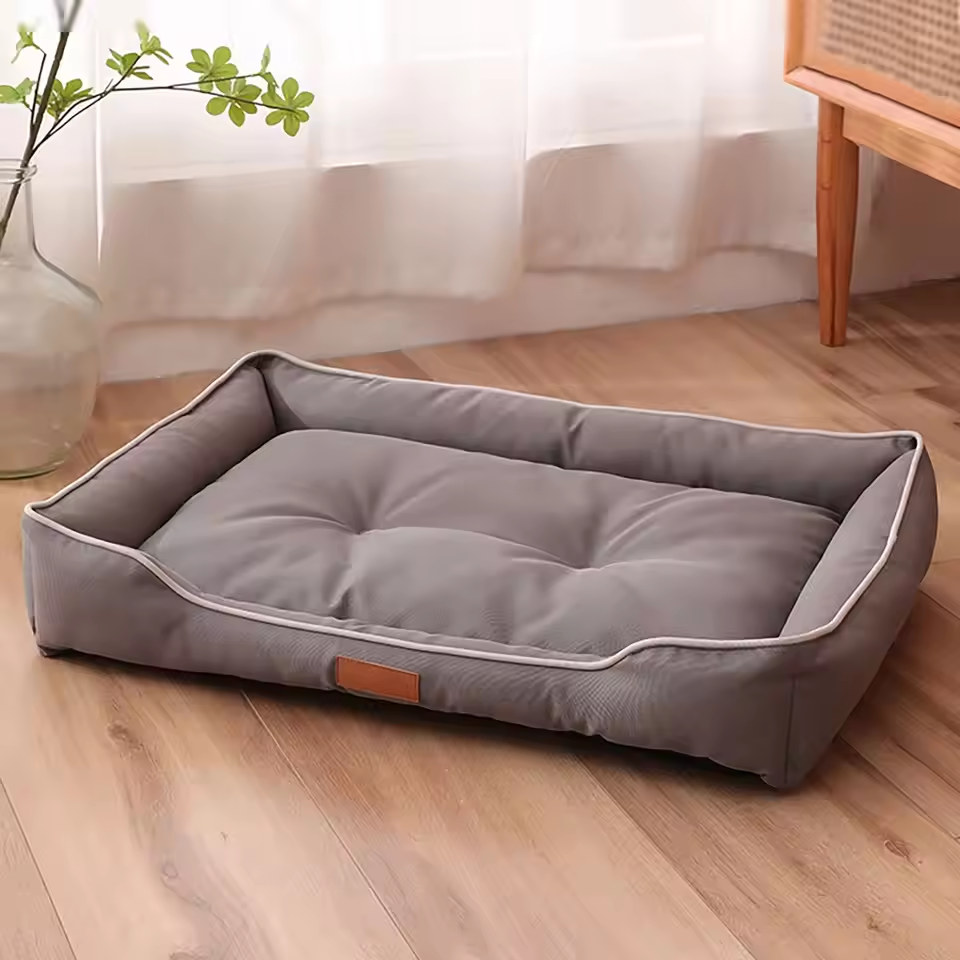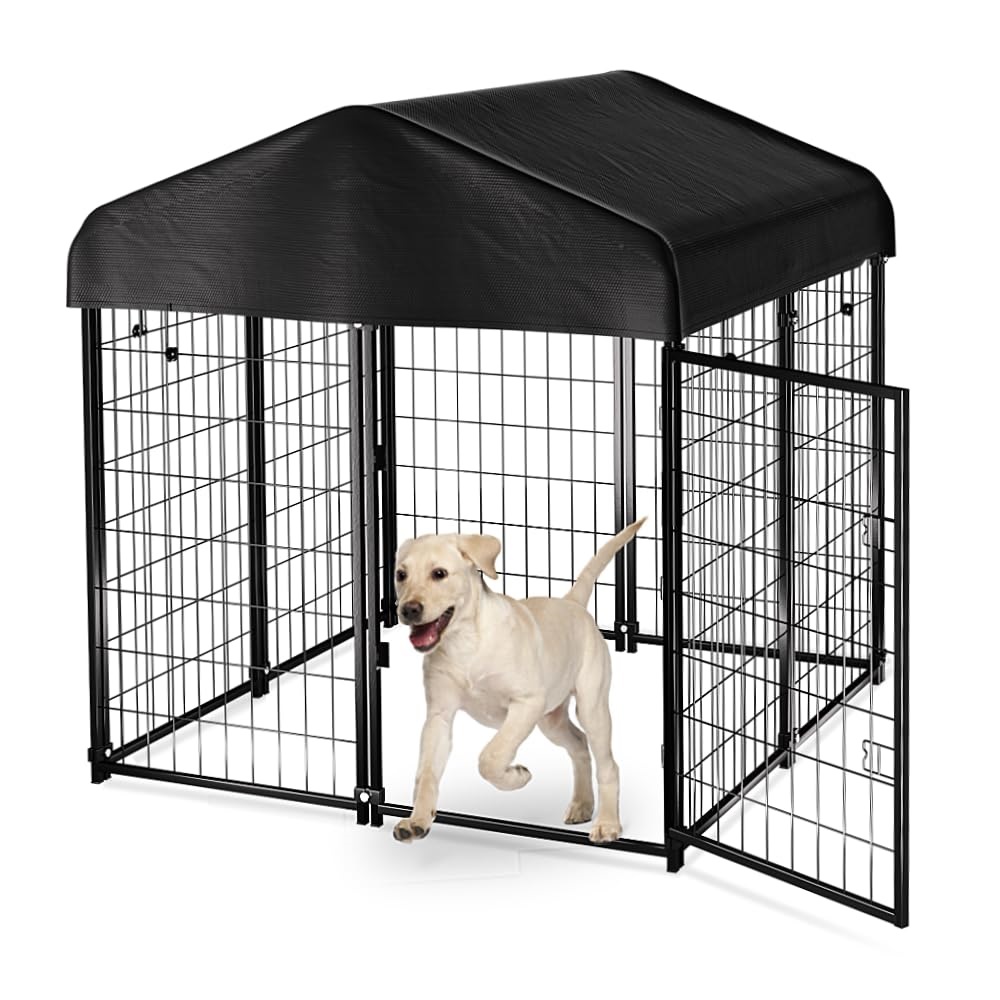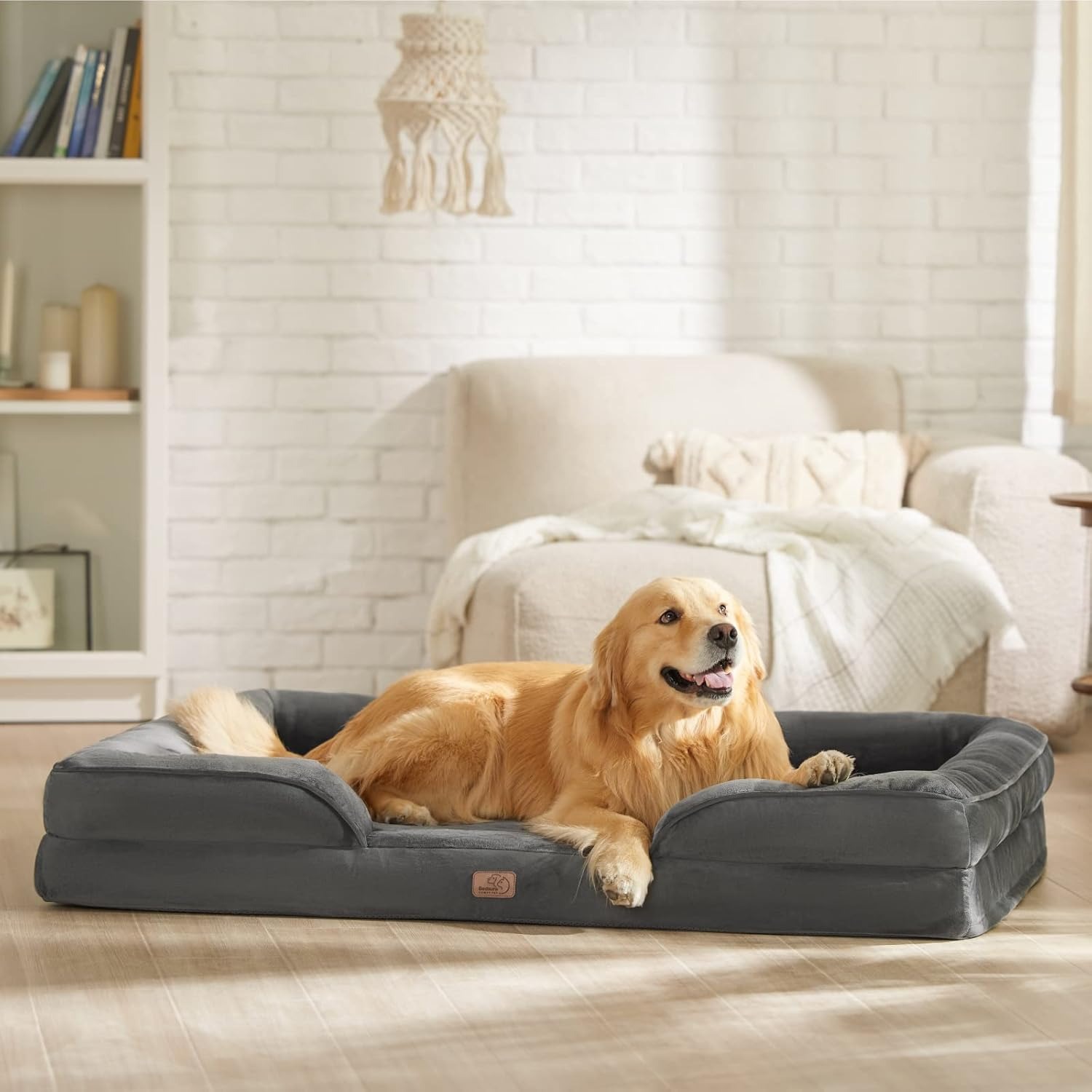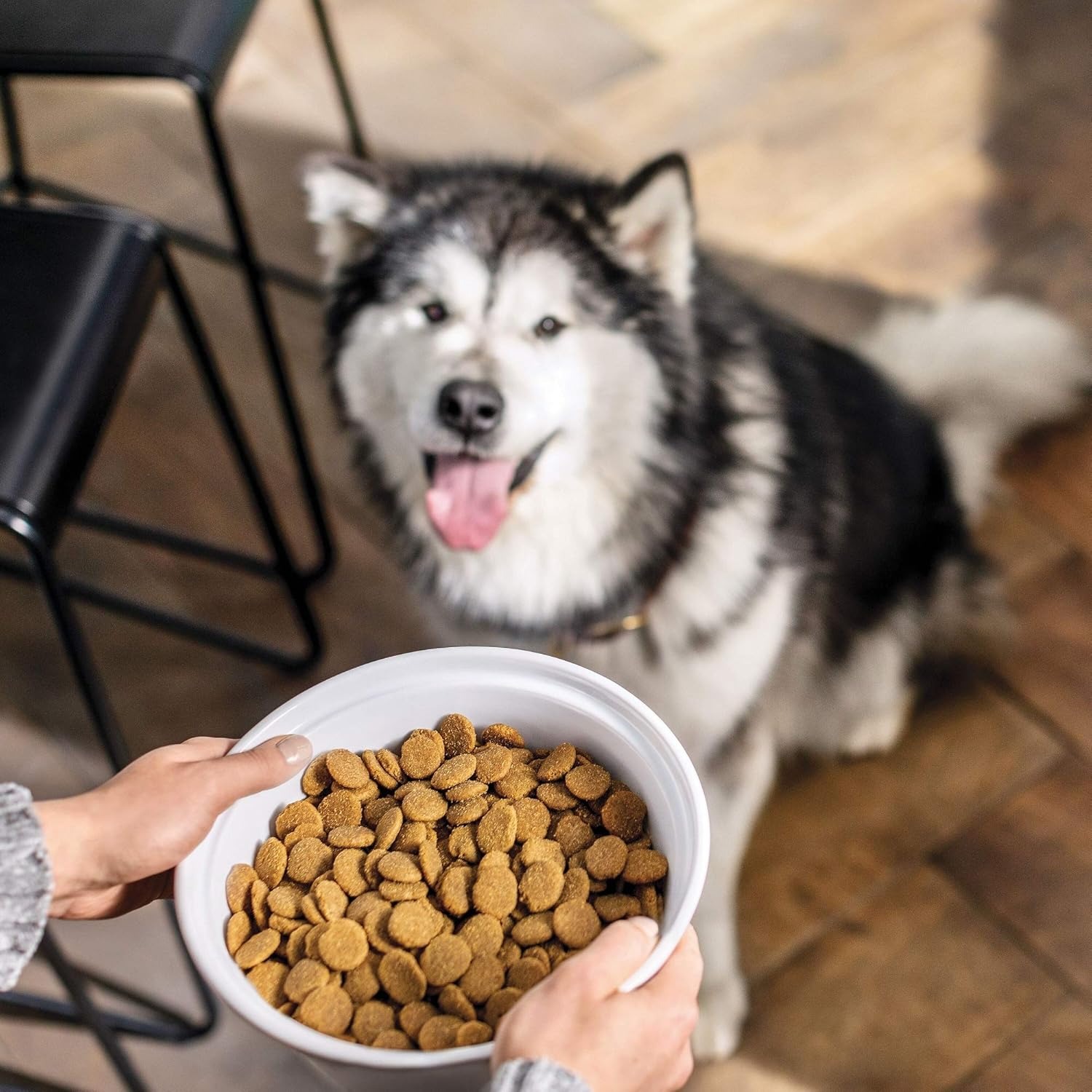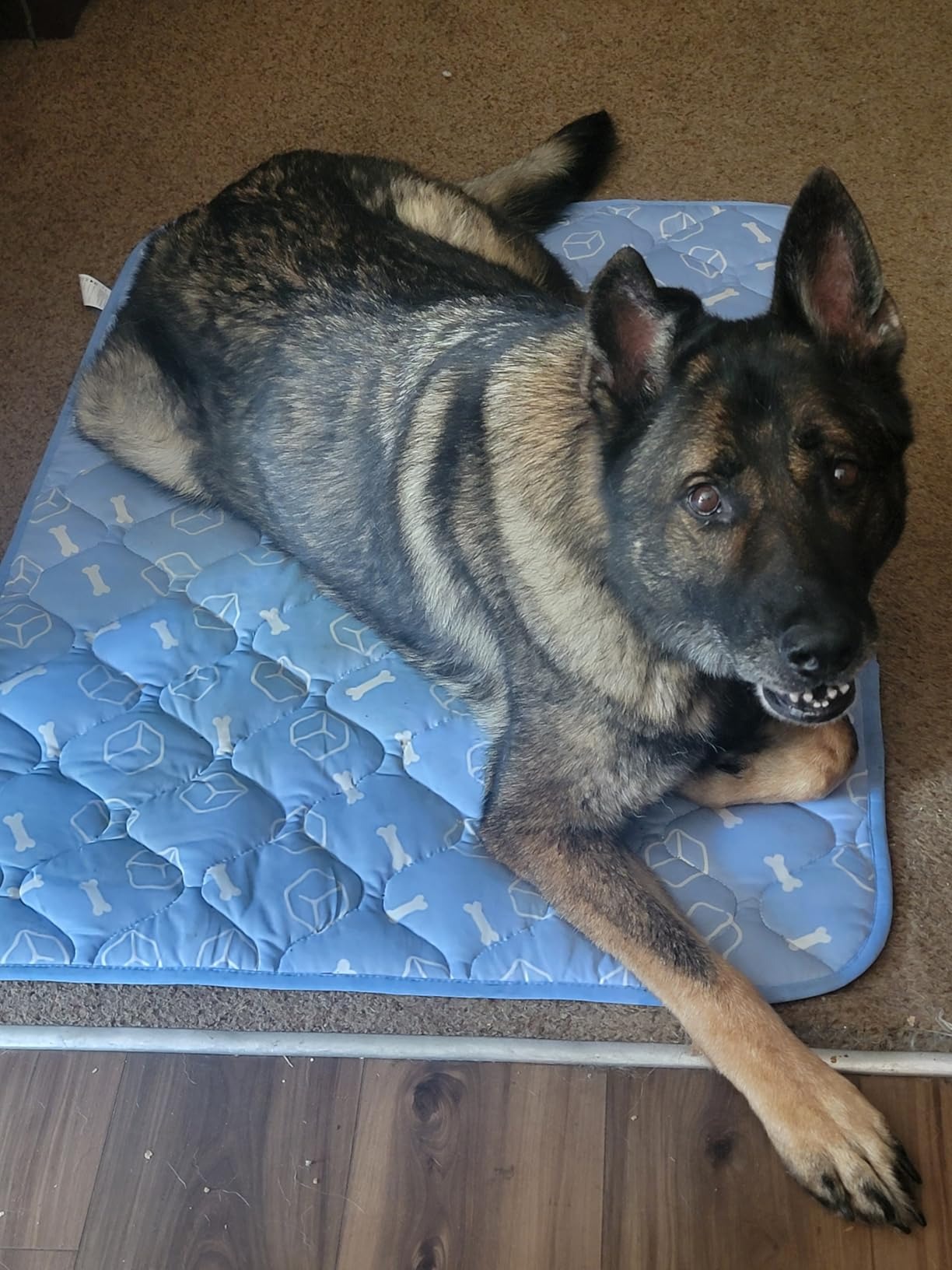Factors to Consider Before Buying a Dog Kennel
Selecting the right kennel for dogs involves several vital considerations that ensure safety, comfort, and functionality. Addressing these factors helps in making an informed decision that aligns with your dog’s needs and your lifestyle requirements.
Size Requirements Based on Dog Breed
The size of the kennel is crucial and should match the size of your dog. Small breeds like Chihuahuas need compact spaces, while larger breeds such as German Shepherds require more room to move and rest comfortably. Ensure the kennel allows your dog to stand, turn, and lie down without restriction. Measure your dog’s height and length and compare it with the kennel dimensions before purchasing.
Material Durability and Safety
Safety comes first when choosing the kennel’s material. Materials such as heavy-duty plastic and metal provide durability and security. Avoid materials that can splinter, like some woods, or are toxic if chewed. Check for any sharp edges or points that could hurt your dog. The material should withstand your dog’s chewing habits and weather conditions if placed outdoors.
Kennel Location and Weather Considerations
The location of the kennel significantly affects your dog’s comfort. If positioned outside, consider a kennel with a waterproof roof and elevated floor for weather protection. For indoor kennels, choose a quiet corner away from heavy foot traffic to provide a calm area. Reflect on the climate of your area; a ventilated kennel is essential for hot climates, while insulated walls are beneficial for colder regions.
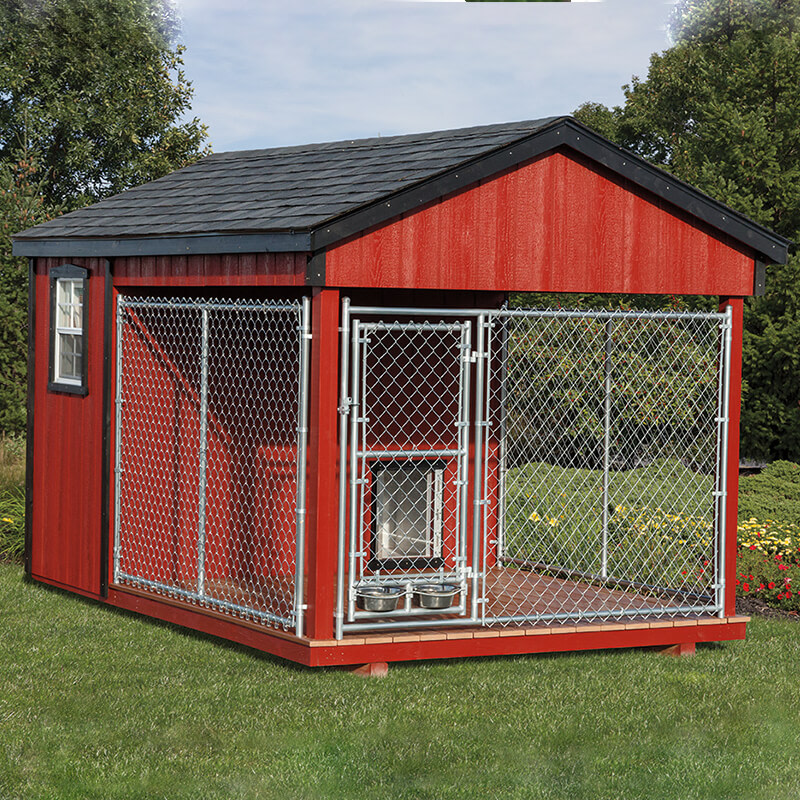
Different Types of Dog Kennels
Choosing the right kennel for dogs can be complex. It depends on various factors such as the dog’s size, your travel needs, and whether you’ll place the kennel indoors or outdoors.
Outdoor Kennels vs. Indoor Crates
Outdoor kennels offer more space and are usually built to withstand the elements, making them ideal for owners who have a backyard. They allow dogs more room to move and can be equipped with covered roofs for weather protection.
Indoor crates are smaller and fit inside your home. They provide a safe space for your dog to retreat to and can double as a training tool. They are typically more flexible in terms of placement within living spaces.
Portable Kennels for Travel
Portable kennels are essential for pet owners who travel often with their dogs. These are lightweight, easy to set up, and can be compact enough to fit in vehicles. They ensure your pet’s safety during journeys and familiarize them with a consistent space to reduce stress.
Heavy-Duty Kennels for Larger Breeds
Heavy-duty kennels are made with stronger materials, such as reinforced steel or robust plastic. They cater to larger breeds, who may need more secure enclosures to contain them safely. Such kennels are designed to withstand powerful chewing and handling without falling apart.
Key Features of a Good Dog Kennel
When shopping for a kennel for dogs, there are key features you must keep in mind to ensure it meets the safety and comfort needs of your pet. These features also contribute to the overall functionality of the kennel, making your life and the life of your furry friend much easier. Let’s look at some of these essential characteristics.
Locking Mechanisms and Security
A secure kennel is a top priority. Look for robust locking mechanisms that prevent escape and keep your dog safe. These can range from simple latch systems to more advanced locks that can be padlocked or have key entries. Ensure the lock is easy for you to operate but difficult for your dog to tamper with. Safety hinges and doors that close firmly without gaps also prevent paws or tails from getting caught.
Easy-to-Clean Surfaces
Hygiene is vital for your dog’s health. A kennel should have non-porous, easy-to-clean surfaces. This helps prevent the buildup of bacteria and odors. Look for kennels with removable trays or floors that can be washed down easily. Materials like plastic or coated metal offer good resistance to stains and are more straightforward to maintain.
Adequate Ventilation for Your Dog’s Comfort
Good ventilation is essential. Your dog needs a constant flow of fresh air, whether resting or active inside the kennel. Consider designs with enough vents or wire mesh that provide ample air circulation. In hotter climates, proper airflow helps keep your dog cool, while in cooler environments, it prevents moisture buildup.
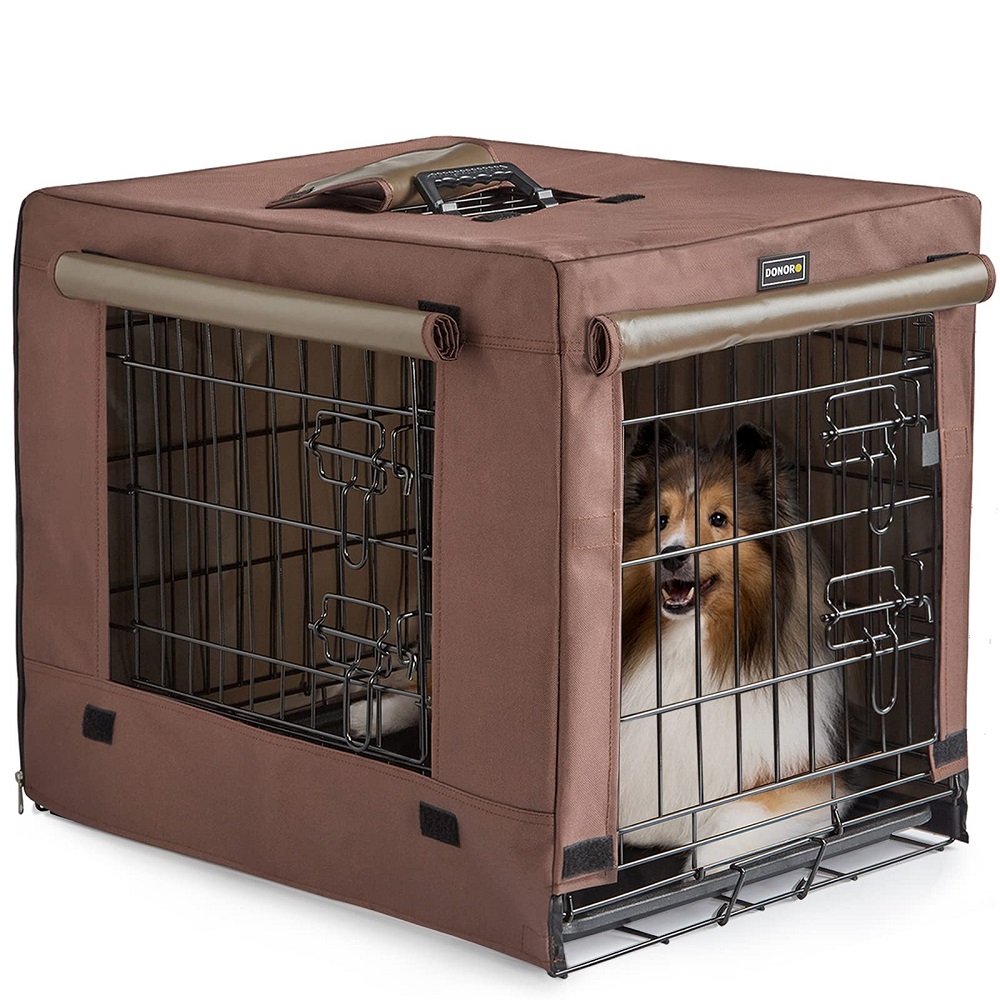
The Best Dog Kennel Brands and Models
Finding the ideal kennel for dogs can sometimes depend on the brand and model. Some brands have built a reputation for quality, durability, and design excellence. When shopping, look for those that consistently receive positive feedback from the dog owner community.
Comparing Top Kennel Brands
There are several top-notch kennel brands known for their superior products. Brands like Midwest Homes for Pets, Petmate, and Lucky Dog are among the favorites. Midwest offers a variety of sizes and specializes in wire crates that are easy to assemble and clean. Petmate is renowned for its durable plastic kennels that are great for travel. Lucky Dog provides sturdy outdoor kennels perfect for larger breeds. Compare these brands based on the size, material, and type of kennel you need.
User Reviews and Recommendations
User reviews are a goldmine of information. Look for reviews from real customers who have purchased and used the kennels. Their experiences can highlight pros and cons that may not be immediately obvious. Many pet sites and online retailers have sections for user reviews. Recommendations from friends or family members can also be very insightful. They can share first-hand experiences regarding ease of assembly, cleaning, and how their dogs adapted to the new space.
Setting Up Your Dog’s Kennel
Setting up a kennels for dogs properly greatly enhances your dog’s comfort and safety. The location and internal setup of the kennel play a crucial role in ensuring that your dog feels secure and content.
Choosing the Right Spot
Select a location for the kennel that balances quietness and family accessibility. Indoors, it should be away from high traffic areas but close enough for your dog to feel part of the family. Outdoors, choose a shaded spot that protects the kennel from direct sunlight, wind, and extreme temperatures. Avoid placing the kennels near loud noises or where there might be frequent disturbances.
Making It Comfortable and Inviting
To make the kennel inviting, include comfortable bedding that suits your dog’s size and breed. Add favorite toys and occasionally treat your dog while it’s in the kennels to associate it with positive experiences. Ensure the bedding is washable and the kennel is spacious enough for stretching, standing, and turning around without constraints. Proper insulation for weather conditions and adequate ventilation ensure the kennel is a welcoming haven regardless of the weather outside.
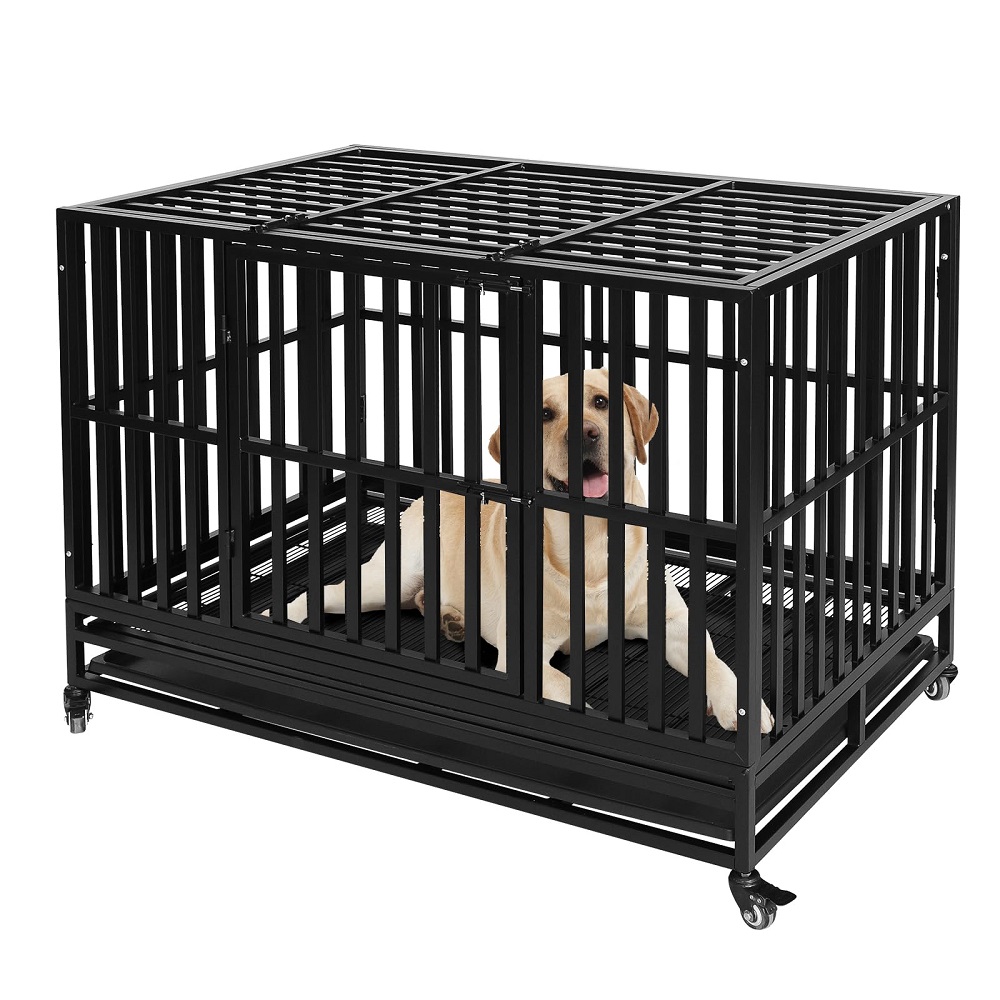
Training Your Dog to Use the Kennel
Once you have chosen the perfect kennel for dogs, the next step is training your dog to use it comfortably and willingly. Proper training ensures that your dog views the kennel as a safe and pleasant space rather than a punishment or a source of stress.
Positive Reinforcement Techniques
Positive reinforcement is key for successful kennel training. Reward your dog with treats, affection, or playtime whenever it enters the kennel voluntarily. Start by placing treats inside the kennels, enticing your dog to step in. Praise it warmly each time it goes in. Gradually increase the time your dog spends in the kennel with the door closed, always acknowledging its good behavior when released. Remember not to force your dog into the kennel; let it enter at its own pace.
Gradual Introduction to the Kennel Space
Introducing your dog to the kennel should be a slow and steady process. Begin by leaving the door open and encouraging your dog to explore the space with comforting items like blankets or toys. Allow it to go in and out freely to build confidence. Practice with short periods in the kennels, and steadily increase them over time. If your dog shows any signs of distress, take a break and shorten the duration. Consistency and patience are crucial for helping your dog adjust to its new kennel.
Maintenance and Upkeep of Dog Kennels
Maintaining a kennel for dogs is key to ensuring that your pet’s space is clean, safe, and comfortable. Regular cleaning and upkeep prevent the spread of bacteria and parasites, and extends the life of the kennel. Here’s how to keep your dog kennel in top condition.
Routine Cleaning Practices
To maintain a healthy environment, establish daily and weekly cleaning routines for your dog’s kennel. Daily tasks should include removing waste and leftover food, as well as wiping down surfaces with pet-safe disinfectants. Weekly, wash the bedding, sanitize the entire kennel, and check for any damages. Use a hose or pressure washer for outdoor kennels, ensure there’s proper drainage, and allow the kennel to dry completely before your dog re-enters.
For indoor kennels, vacuum or sweep regularly, and use mild, non-toxic cleaners. Stainless steel or coated wire constructions make routine cleanings easier. Remember to clean water and food dishes daily to avoid mold and bacteria buildup.
Seasonal Maintenance Tips
Season changes bring new maintenance challenges for a dog’s kennel. In spring, watch out for muddy conditions and pollen build-up, which might require more frequent cleaning. Summer demands effective ventilation and shade to keep your dog cool, while fall is the time to prepare for colder months by checking for drafts and adding insulation if needed. In winter, ensure the kennel stays dry and is shielded from snow and freezing rain. Always check the kennel’s structural integrity as the season changes, and make any necessary repairs or adjustments.
By following a consistent maintenance routine and being proactive with seasonal care, you can create a pleasant and durable living space for your dog.
